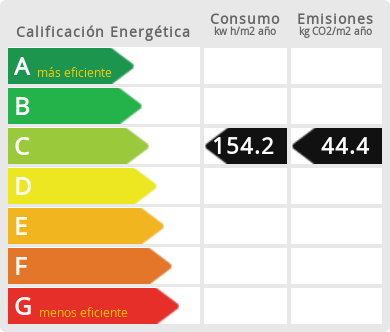Ref. 90155 Gewerbliches Lokal/Betrieb/Sonstige in Punta Prima Preis: 600.000 €


- Beschreibung
- Umgebungsinfos
- Bitte mehr Information
- Freund Senden
Beschreibung
The property is in perfect condition and includes two toilets and office with shower basin.
Umgebungsinfos
(Ungefähre Lage)
Under British domination, Punta Prima was known as Sandy Bay. For decades, Punta Prima has been one of the ideal spots to spend Summer on the island. On this lovely section of the Menorca coastline, there is always something to please whether it is taking in the turquoise waters that lap the beach, going diving or taking a trip in kayak. The urbanisation perfectly combines holiday homes with hotel complexes, restaurants and apartments. The Illa de l’Aire dominates the view, on which stands one of the lighthouses that surround Menorca and where the very famous Iberian wall lizard lives, an endemic species that appears as a souvenir in any shop.
Located in the southeast of Menorca, the district of Sant Lluís owes its name to the King of France, Louis XV. It was during a brief period of time in the 18th century, when the French dominated the island. Its legacy left us with the quiet village of white houses that today is Sant Lluís. In fact the streets and squares of the town maintain the layout established by the Count of Lannion, French governor of the island who had the responsibility of planning the layout of the town. Without doubt, the church and the Molí de Dalt are its most emblematic buildings.
Those who visit Menorca have stated that it is one of the paradises of the western Mediterranean, an island that history has always been an object of desire because of its strategic position and which now has ended up becoming one of the most attractive tourist destinations. However, it is not only a dream spot for holidays, but also for living. Menorca allows you to experience for yourself the quality of life that you had always imagined, through the combination of small details that make up its landscape, people, tranquillity, light, traditions and fine food.
Geographically, Menorca is the easternmost and northernmost island of the Balearic Islands, declared a Biosphere Reserve in 1993 by UNESCO. It has a coastline of 701 km² and 216 kilometres of, along which are distributed more than 70 beaches. Blessed with a typically Mediterranean climate with annual average temperatures of 16.5 degrees, it currently has a population of 96,000, concentrated into eight districts: Maó (administrative capital of the island), Ciutadella (the old capital), Alaior, Ferreries, Es Mercadal, Es Castell, Sant Lluís and Es Migjorn Gran. There are three other towns, Sant Climent, Llucmaçanes and Fornells, the first two in the district of Maó and the other in Es Mercadal. Maó, located in the east, and Ciutadella, in the west, are the two most inhabited towns on the island.
Socio-economically, unlike the other islands of the Balearic archipelago, Menorca has, over time, had the good fortune to be able maintain a perfect balance between the traditional industries of footwear, costume jewellery and agriculture favouring the gentle development of the tourist sector and thus enabling the island to preserve its countryside and beaches. This environmental sensitivity still exists among all its inhabitants, guaranteeing a unique setting, perfect for family, sports and cultural tourism.












